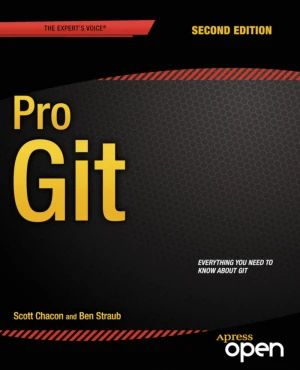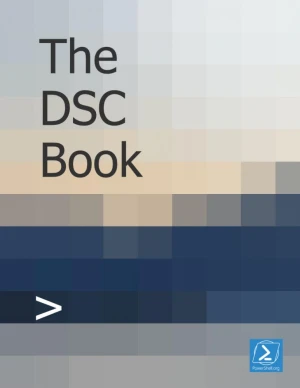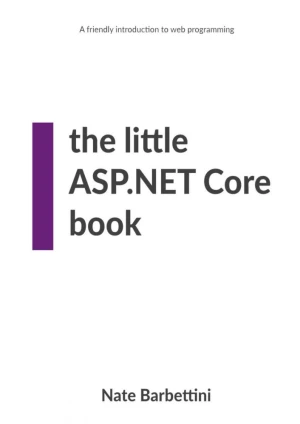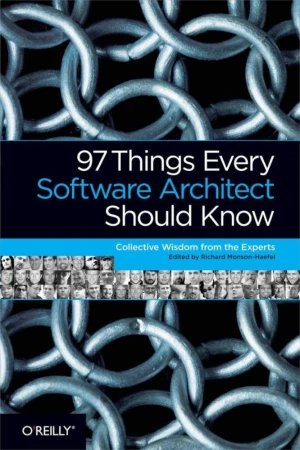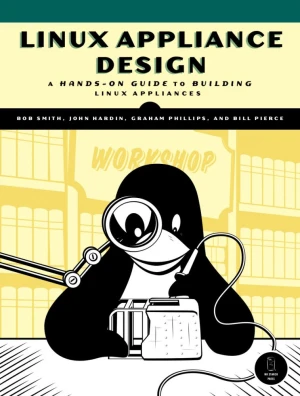Linux Kernel Crash Book
Everything You Need to Know
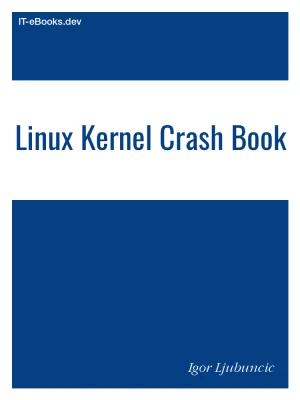
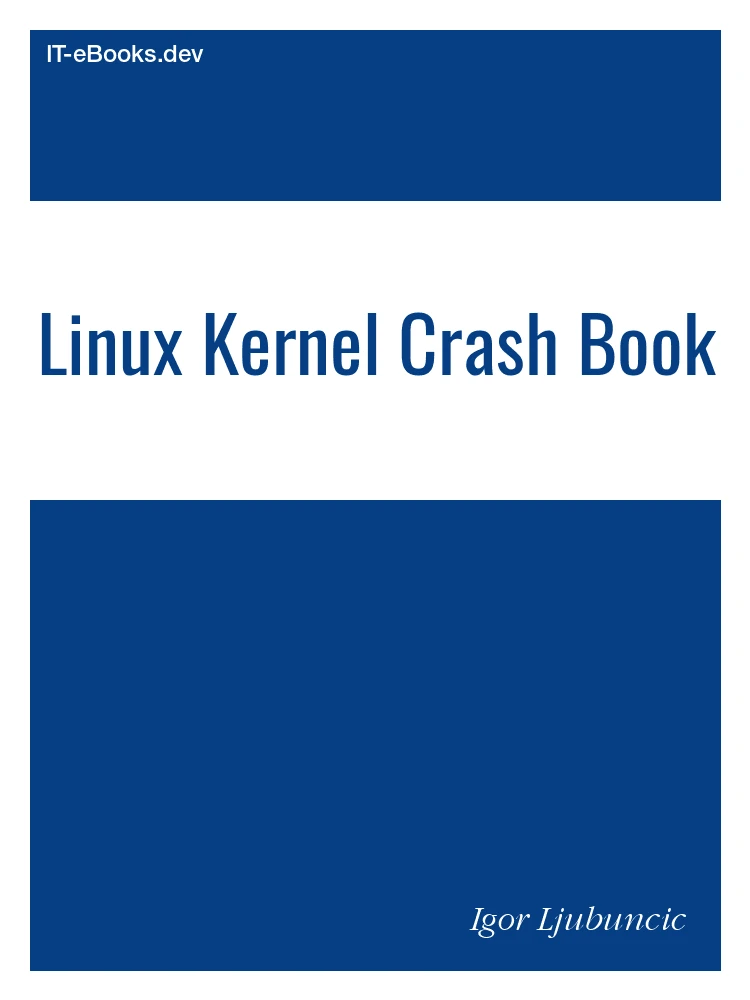
Book Details
| Author | Igor Ljubuncic |
| Publisher | Dedoimedo |
| Published | 2011 |
| Edition | 1st |
| Paperback | 182 pages |
| Language | English |
| License | Creative Commons Attribution-NonCommercial-NoDerivatives |
Book Description
In the book's introduction, the author describes a three-year personal and professional odyssey that led them deep into the secrets of the Linux kernel, all the way down to the assembly code where the real magic happens. Driven by a desire to understand what truly happens at the heart of the system, they quickly encountered a significant barrier: the state of Linux crash analysis knowledge.
They found the subject to be a classic example of inaccessible expertise, with information scattered across unanswered mail threads and cryptic plain-text documents. This knowledge was seemingly reserved for a tiny percentage of super geeks, while remaining out of reach for most practitioners. As with many advanced technical topics, the information available online was often partial, ambiguous, overly nerdy, or simply did not exist at all. This profound gap in accessible learning materials became the central motivation for writing the book.
This book is available under a Creative Commons Attribution-NonCommercial-NoDerivatives license (CC BY-NC-ND), which means that you are free to copy and distribute it, as long as you attribute the source, don't use it commercially, and don't create modified versions.
If you enjoyed the book and would like to support the author, you can purchase a printed copy (hardcover or paperback) from official retailers.
Download and Read Links
Share this Book
[localhost]# find . -name "*Similar_Books*"
Pro Git, 2nd Edition
Pro Git, 2nd Edition is your fully-updated guide to Git and its usage in the modern world. Git has come a long way since it was first developed by Linus Torvalds for Linux kernel development. It has taken the open source world by storm since its inception in 2005, and this book teaches you how to use it like a pro. Effective and well-implemented ve
The DSC Book
The DSC Book is a comprehensive and continually evolving guide to Microsoft's Desired State Configuration (DSC) technology. Authored by Don Jones and Steve Murawski, this mini book demystifies the powerful declarative platform designed for automating the configuration and management of infrastructure across on-premises and cloud environments. It co
The Little ASP.NET Core Book
If you're new to programming, this book will introduce you to thepatterns and concepts used to build modern web applications. You'lllearn how to build a web app (and how the big pieces fit together) by building something from scratch! While this little book won't be able tocover absolutely everything you need to know about programming, it'llgive yo
97 Things Every Software Architect Should Know
In this truly unique technical book, today's leading software architects present valuable principles on key development issues that go way beyond technology. More than four dozen architects - including Neal Ford, Michael Nygard, and Bill de hOra - offer advice for communicating with stakeholders, eliminating complexity, empowering developers, and m
97 Things Every SRE Should Know
Site reliability engineering (SRE) is more relevant than ever. Knowing how to keep systems reliable has become a critical skill. With this practical book, newcomers and old hats alike will explore a broad range of conversations happening in SRE. You'll get actionable advice on several topics, including how to adopt SRE, why SLOs matter, when you ne
Linux Appliance Design
Modern appliances are complex machines with processors, operating systems, and application software. While there are books that will tell you how to run Linux on embedded hardware, and books on how to build a Linux application, Linux Appliance Design is the first book to demonstrate how to merge the two and create a Linux appliance. You'll see for

